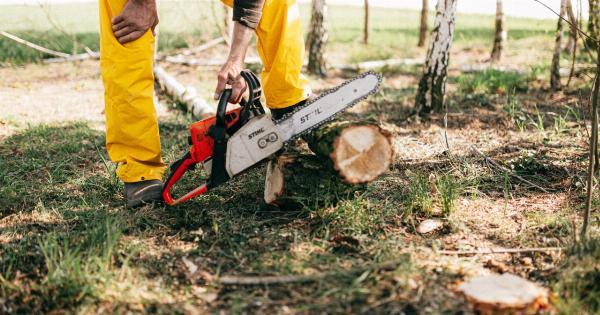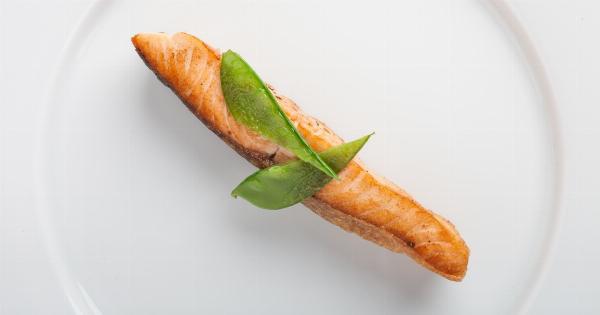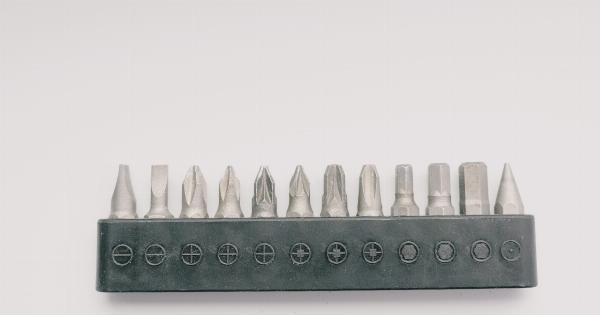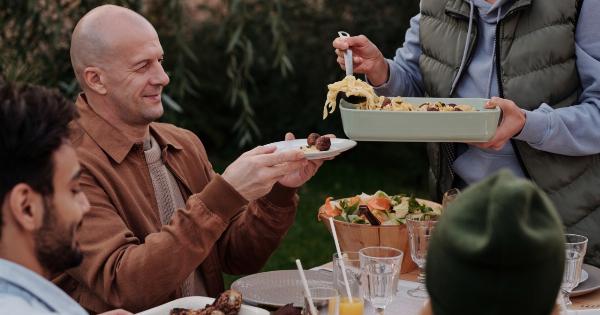Microwave ovens are very common and are used in many households. They are convenient and easy to use, but microwaving chicken can be a serious health hazard.
Chicken is a very common source of protein for many people, but it is also a source of foodborne illness. The use of microwave ovens to cook chicken can increase the risk of illness and disease.
Bacteria and Salmonella
Raw chicken is often contaminated with bacteria, particularly Salmonella. When chicken is heated in a microwave oven, the heat may not be distributed evenly.
This means that some parts of the chicken may not be cooked thoroughly, leaving bacteria alive and thriving. Eating undercooked chicken can make you very sick, and in some cases, can be fatal.
Salmonella is a type of bacteria that is commonly found in raw chicken. This bacteria can cause food poisoning, which can result in symptoms such as diarrhea, vomiting, fever, and abdominal cramps.
In some cases, the symptoms can be severe enough to require hospitalization. Children, the elderly, and individuals with weakened immune systems are particularly vulnerable to the effects of Salmonella.
The Dangers of Reheating Cooked Chicken
Reheating chicken in the microwave can also be dangerous. When chicken is cooked, it can leave behind small pockets of moisture, which can harbor bacteria. These pockets of moisture can develop into hotspots when the chicken is reheated in the microwave.
These hotspots can allow bacteria to grow and spread, which can cause illness.
Additionally, some microwave ovens do not heat food evenly. This can mean that some parts of the chicken may be hot while other parts remain cool. This uneven heating can create perfect conditions for bacteria to thrive and grow.
The Importance of Proper Cooking Techniques
The best way to avoid the risks associated with microwaving chicken is to use proper cooking techniques. Chicken should be cooked to an internal temperature of 165 degrees Fahrenheit to kill any bacteria that may be present.
This can be achieved by using a thermometer to check the temperature of the chicken. Chicken should also be cooked in an oven or on a stovetop, rather than in a microwave.
Proper Storage and Handling
In addition to proper cooking techniques, it is important to practice good storage and handling techniques for chicken. Chicken should be stored at 40 degrees Fahrenheit or below to prevent the growth of bacteria.
It should also be stored separately from other foods to prevent cross-contamination.
When handling chicken, it is important to wash your hands and any surfaces that come into contact with the chicken. This can help prevent the spread of bacteria.
Chicken should also be thawed in the refrigerator, rather than at room temperature, to prevent the growth of bacteria.
Tips for Safe Microwaving
If you must use a microwave to cook or reheat chicken, there are some tips you can follow to reduce the risk of illness:.
- Cut chicken into small, even pieces to encourage even cooking.
- Use a microwave-safe dish and cover the dish with a lid or plastic wrap to trap steam and promote even heating.
- Stir the chicken halfway through the cooking time to promote even cooking.
- Check the temperature of the chicken with a thermometer to ensure that it has reached a temperature of 165 degrees Fahrenheit.
Conclusion
Microwaving chicken can be a serious health hazard, but by following proper cooking techniques and safe microwaving practices, you can reduce the risks associated with this cooking method.
Always make sure to cook chicken thoroughly and to store and handle it properly to prevent the growth of bacteria and the risk of illness.





























